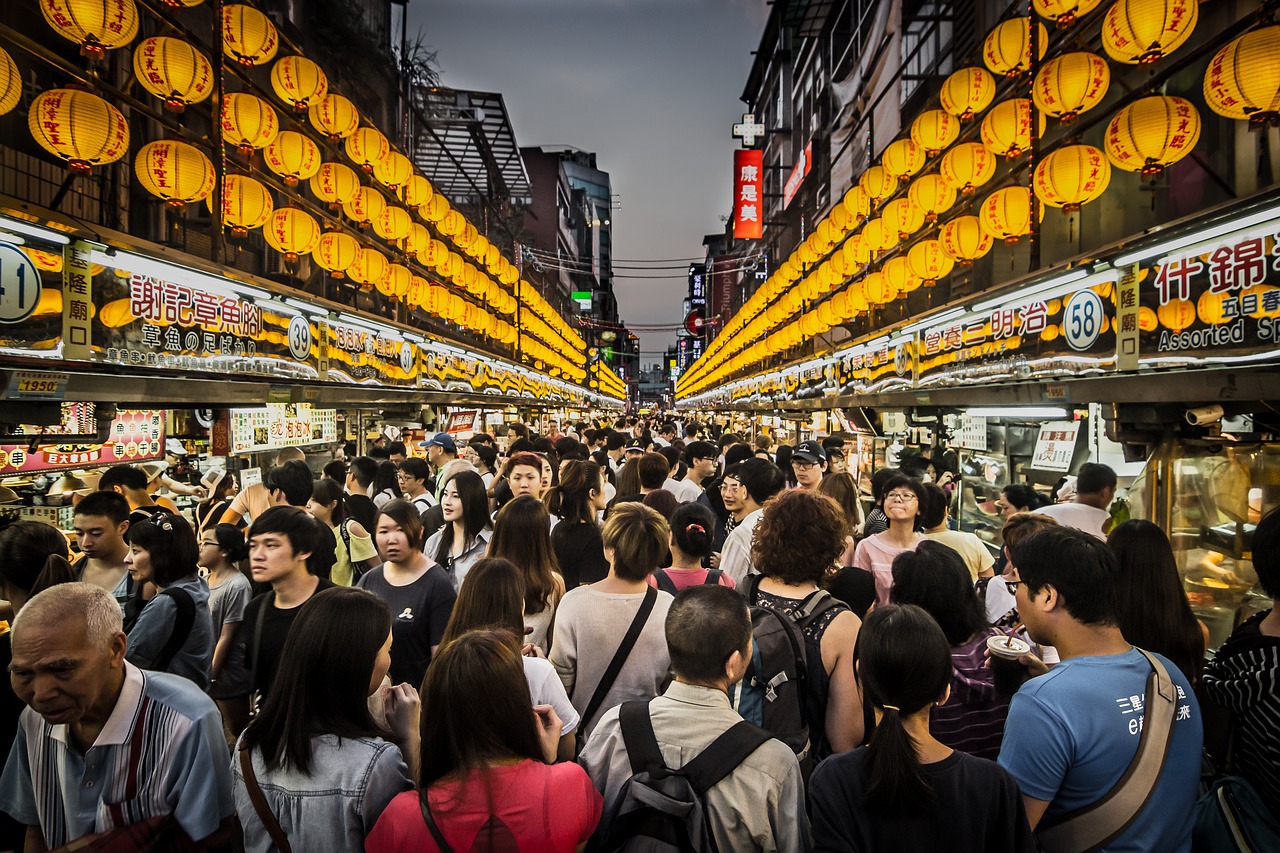
Use Your Phone Camera for Real-Time Pollution Check
- News
- 1.9K
When the air quality in Delhi and other cities in the north is deteriorating with pollution level touching ‘hazardous’ mark, a new mobile app promises to be of some help. The app, Air Cognizer, uses camera images to estimate air pollution level in the vicinity. The idea has won its developer an award by the US-based Marconi Society.

IMAGE: Prize-winning team from Bharti Vidyapeetham College of Engineering.
The app has been developed by a team from the Delhi-based Bharati Vidyapeeth College of Engineering. “It is a real-time air quality analytics application. Click an image either through the smartphone camera or by the app camera. The image should be taken outdoors with half of the image covering the sky and should be uploaded on the app. After this, the user would get the air quality index of that locality,” explained Tanmay Srivastava, a team member, while speaking to India Science Wire.

As soon as the image gets uploaded on that app, the underlying software starts extracting the information from features of the image. By combining image processing with machine learning, the app can generate estimates of air quality. The image features used for analysis include how dark, intense or light is the sky in the picture. After this, the machine learning model estimates the air quality index (AQI) of that location. As of now, the app is capable of calculating air quality index, PM 2.5, SO2, ozone, temperature, and humidity.
“The app uses government marked AQI – 0 to 500 – and tells the actual concentration along with the AQI. The more one uses the app the better would be the results,” said Kanishk Jeet, another team member. It took the team five months to develop the app beta version of which can be downloaded from Google play store. Prerna Khanna is the third member of the team.
Two more innovative ideas have been awarded by the society under its Celestini Program India. The second prize has gone to the team of Divyam Madaan and Radhika Dua, from UIET Chandigarh, Punjab University. They have prototyped a website that provides a 24-hour forecast of air pollution in Delhi, advanced machine learning techniques. It can predict major pollutant and causes (road traffic, industrial emissions, or agricultural wastes) in every location based on historical data. The website updates the information in real-time using Google Cloud platform and Cloud ML engine.
The third team, also from Bharti Vidyapeeth College of Engineering, included Sidharth Talia, Nikunj Agarwal, and Samarjeet Kaur. They prototyped a low-latency platform to transmit vehicle-to-vehicle alerts about potential road safety hazards or collisions using computer vision techniques on Raspberry Pi and XBee radio modules. (India Science Wire)
By Jyoti Singh
If you liked this article, then please subscribe to our YouTube Channel for the latest Science & Tech news. You can also find us on Twitter & Facebook.


